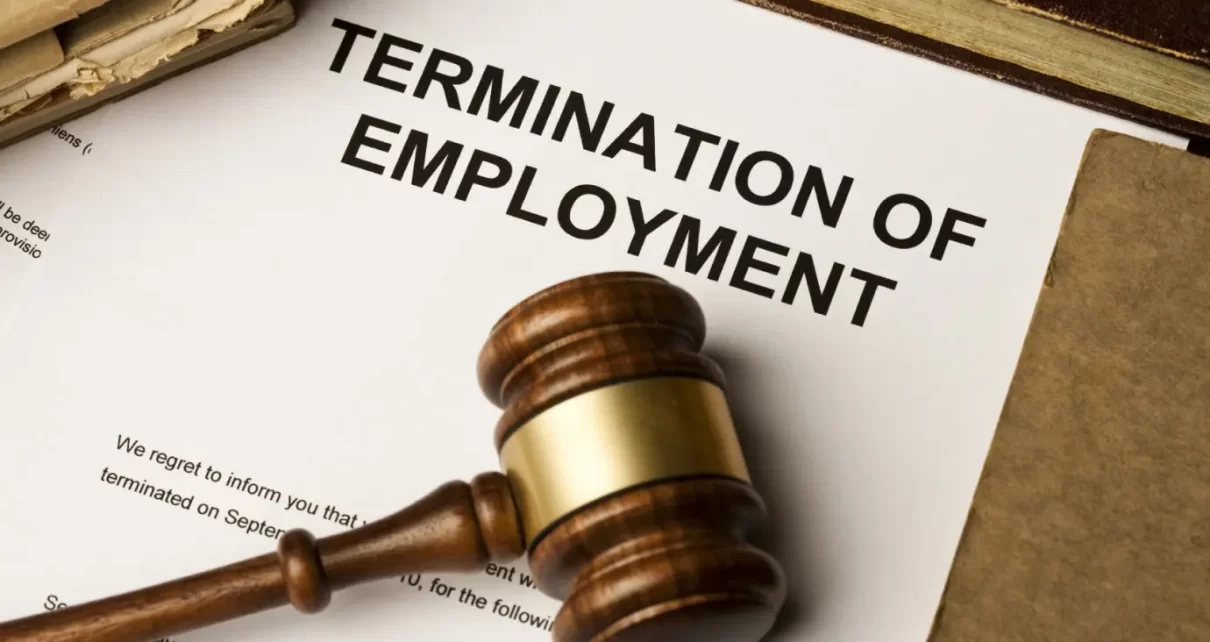If you’ve been wrongfully terminated, you’re likely feeling overwhelmed, confused, and unsure of your next steps. One of the most important things you can do right now is to start documenting everything.
Whether you suspect your firing was due to discrimination, retaliation, whistleblowing, or another unlawful reason, documentation can make or break your case. In many wrongful termination claims, evidence is everything—and the more organized, thorough, and timely your records are, the stronger your position becomes.
This guide will walk you through how to document your wrongful termination case step by step, what to gather, and how to protect yourself legally as you consider your options.
Why Documentation Matters
Employers will rarely admit to illegal termination. Instead, they’ll often claim it was due to performance issues, restructuring, or policy violations. To counter that narrative, you’ll need clear, credible records that show:
- Your actual performance
- The timing of events
- Any patterns of discrimination or retaliation
- Violations of laws or internal policies
A well-documented case helps your attorney build a timeline, identify legal violations, and negotiate from a position of strength—whether in a lawsuit or a settlement.
1. Start with a Detailed Timeline
Create a written timeline that includes:
- When you were hired
- Promotions, raises, and performance reviews
- When the first issues or concerns arose
- Dates of any protected activity (e.g. reporting harassment, taking medical leave, etc.)
- The date you were terminated
- Any meetings, emails, or conversations that seemed suspicious or retaliatory
Include names of people involved and any notable quotes or phrases used during conversations. Be as factual and specific as possible—your memory is freshest now, so write it down immediately.
2. Gather All Written Communications
Emails, text messages, Slack messages, and handwritten notes can all serve as powerful evidence. Look for communications that:
- Support your work performance
- Confirm your protected activity (e.g., a report to HR)
- Reveal bias, unfair treatment, or shifting explanations
- Show the timeline of events leading up to your termination
If you had any email exchanges with supervisors or HR, back them up now. Forward them to a personal email account if company policy allows—but never access work systems after you’ve been terminated, as that could create legal issues.
3. Collect Performance Reviews and Work Records
If your employer claimed “poor performance” as the reason for your termination, your prior evaluations can be your best defense. Secure copies of:
- Annual performance reviews
- Commendations or awards
- Project feedback or client praise
- Emails acknowledging your good work
This kind of evidence can directly contradict an employer’s justification for firing you and strengthen your claim.
4. Save a Copy of Your Employee Handbook or Contract
Review your company’s policies around discipline, termination, and complaints. If your employer failed to follow their own procedures—such as skipping warnings or ignoring your complaint—that may support your case.
Also review any employment contracts or offer letters. Some contracts contain termination clauses or guarantees (like 60-day notice) that may have been violated.
5. Document Witness Statements (Privately)
If coworkers witnessed harassment, retaliation, or unfair treatment, their statements can be crucial. While you should not pressure anyone to speak out, you can ask if they’d be willing to provide a written statement—or speak to your attorney.
Keep records of:
- Who saw what
- What they said at the time
- If they’re willing to support your account
Sometimes people are hesitant at first but become more willing as your case progresses.
6. Keep a Record of What Was Said During Termination
Write down exactly what was said during your termination meeting. Include:
- Who was present
- The official reason you were given
- Your response (if any)
- Any documents you were asked to sign
This helps ensure your account doesn’t change over time and gives your attorney a solid starting point to evaluate the legality of your firing.
7. Save Pay Stubs and Benefit Info
You may be entitled to lost wages, benefits, and even emotional damages in a wrongful termination case. Save:
- Recent pay stubs
- Bonus or commission statements
- Health insurance info
- PTO or vacation balances
This information helps your lawyer calculate potential compensation if your claim succeeds.
8. Be Careful What You Sign
After firing you, your employer might offer:
- A severance agreement
- A non-disparagement clause
- A release of claims
These documents may waive your right to sue in exchange for a payout. Do not sign anything without having an employment attorney review it first. What seems like a fair deal may not be in your best interest.
9. Don’t Delay—Act Promptly
There are strict time limits for filing wrongful termination claims, depending on your state and the type of violation. For example:
- Federal discrimination claims must typically be filed with the EEOC within 180 to 300 days
- State labor laws may have shorter or different deadlines
An attorney can help ensure you don’t miss your window to act.
Conclusion
Being wrongfully terminated can feel like a betrayal—but documenting your experience gives you the power to fight back. The more evidence you preserve and organize now, the better your chances of holding your employer accountable. We recommend wrongful termination lawyers maryland.





